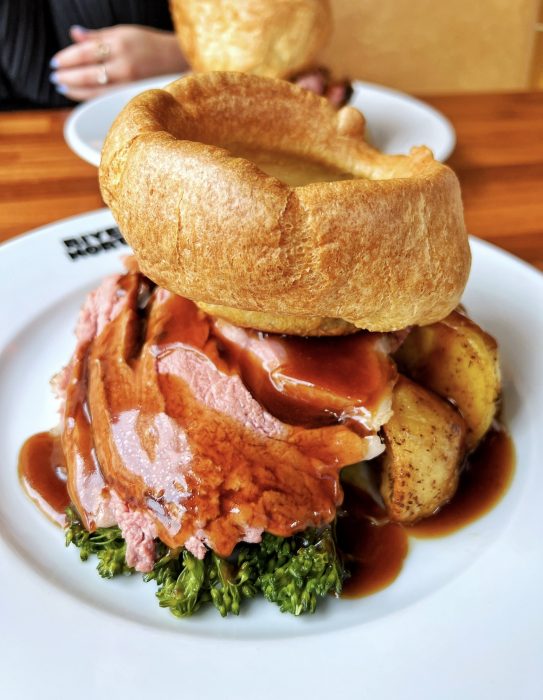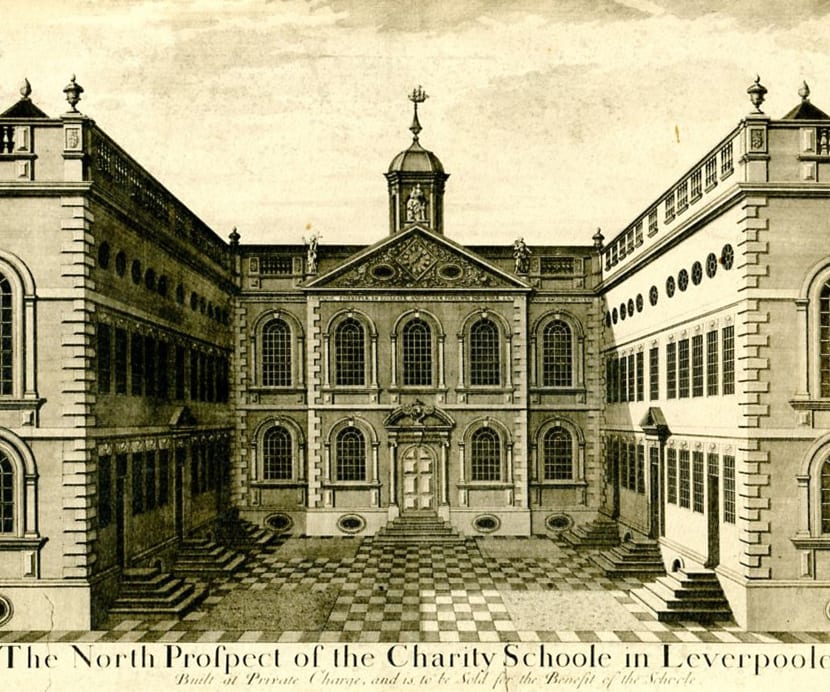
Features
Meet the Liverpool weaver creating fabrics for high-end fashion brands … and alpaca farmers!
2 years ago
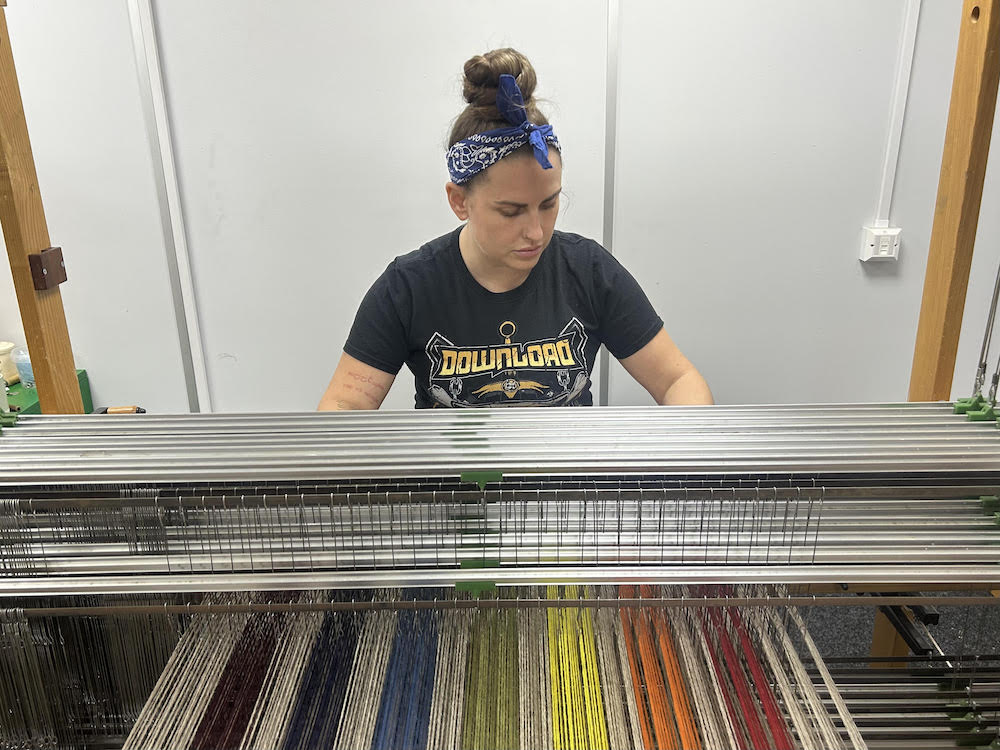
As the owner of the city’s only micro mill, Liverpool weaver Kirsty Leadbetter finds her traditional craft skill is in demand from an incredibly diverse range of clients.
“I work with everyone from smaller hold farmers and alpaca breeders, who want things like scarves and throws making from the wool, to haute couture fashion houses who use my tweeds in runway shows,” she explains.
“That’s one of the things I love most about my business, the day to day is never boring for me because it’s never repetitive.
“One day I’ll be talking to a farmer from the Isle of Man about his sheep and the next I’ll be speaking to a high fashion brand, and that contrast makes it always interesting.”
Kirsty, who’s from Rainhill, trained as a woven textile designer at Chelsea School of Art. But while most of her contemporaries focused on more modern techniques, using computer aided design (CAD), she preferred a more traditional approach.
After a spell in London post-graduation, she worked at mills in Aberdeen and the Shetland Islands before managing a mill in Bristol.
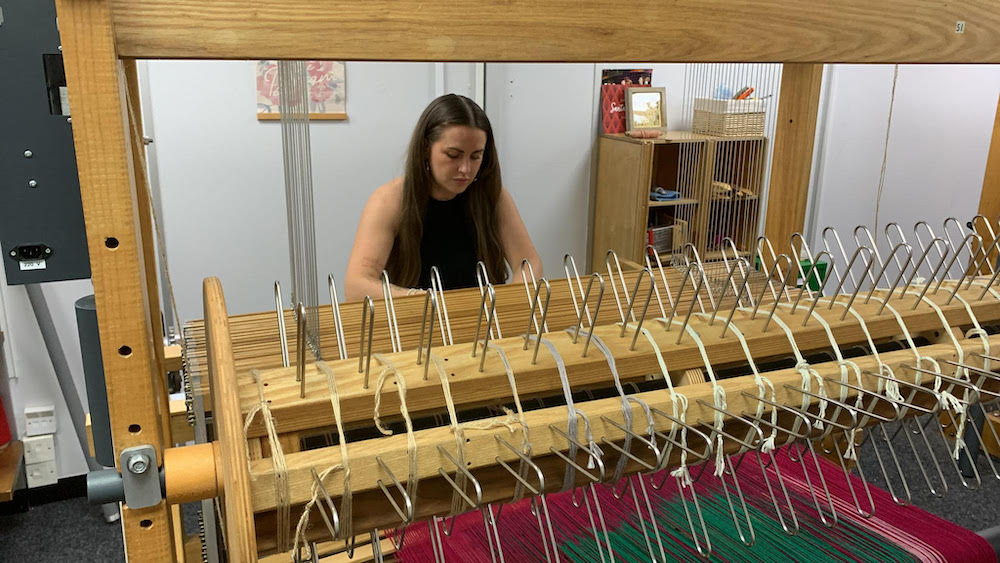
It wasn’t until 2018 that she decided to return home to start her own business and set up The Liverpool Weaving Company, initially based at Make creative space in the north docks.
Later this month, she’ll move her two large looms – one bought new and one 50 years old, rescued from a mill in the Lakes – to new studio space in the Baltic Triangle.
“My dad is from Toxteth and mum from Bootle so even though I was brought up in Rainhill I feel much more Scouse, so I wanted my business to be in a place I’m passionate about,” she says. “There was a lot of weaving in Lancashire, and a really strong weave heritage around Liverpool with the docks where cotton and yarn were stored, so I wanted to be here and I thought if I’m going to do this I’m going to have to do it myself.”
Although weaving is nowhere near as commonplace as it once was, it’s still very much being kept alive by dedicated craftspeople up and down the country.
“Weaving’s not a dying craft because there are a lot of textile design courses in the UK which still promote it and there are other really successful micro mills doing similar things to me.
“It’s just that people aren’t as informed about it as they were when the big mills were operating, especially in the north. Mills used to be a part of everyday life, everyone knew someone who worked in a mill 100 or 150 years ago. Now sometimes I tell people what I do, and that I’ve got looms and they’ll say, ‘like in Victorian times?’.
“But most of the fabric we see today is still produced by looms, they’re just not operated in the same way anymore. Most of the time, the hand aspect has been taken away, a lot of things now are computer-based, but for me it’s still a very personal hands-on process.
“I see my loom as an extension of me when I weave because I’m operating it manually. I’ve got to move my arms, my legs, I throw my shuttle backwards and forwards, I’m pedalling. It isn’t all automated, with the type of weaving that I do it’s between mechanical production and entirely handwoven so it is quite labour intensive.
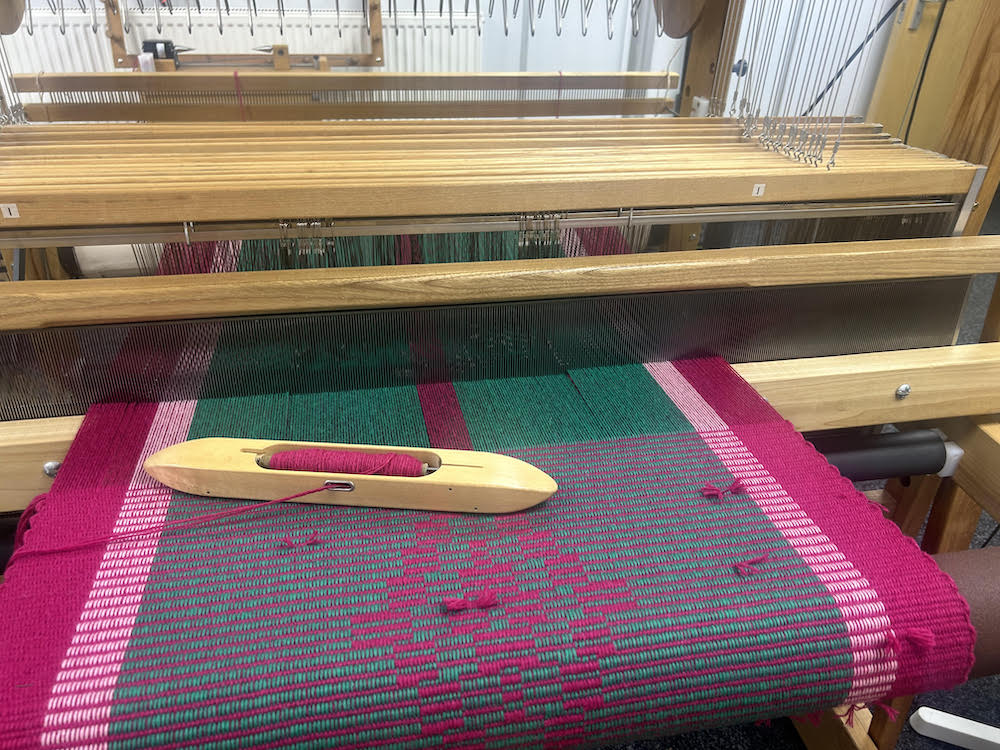
“It means every fabric that I produce I kind of feel an attachment to because I’ve physically made it.”
When she’s working with a fashion house, they’ll usually have a very specific brief, although other clients rely more on her design talent.
“Fashion brands have their trend forecast information, their projections of what they think is going to be in fashion in a year to 18 months’ time, colour and concept boards.
“If I work with a small hold farmer, they’ve got the yarn and want something making from it but they have no idea about design. Then it’s me working with them from the beginning to create a design they want.”
34-year-old Kirsty also has some more one-off requests that need a bit of detective work as well as weaving.
“I did a project for a film where an original cape had been destroyed in a fire and I had to reproduce it from a little piece of fabric,” she says.
“And I had a lady who contacted me because she was restoring a 1960s camper van and wanted some help. She had a piece of the original seat fabric so I did a reweave of that so she could have the seats reupholstered. It’s just nice to be able to bring a bit of history back for people.”



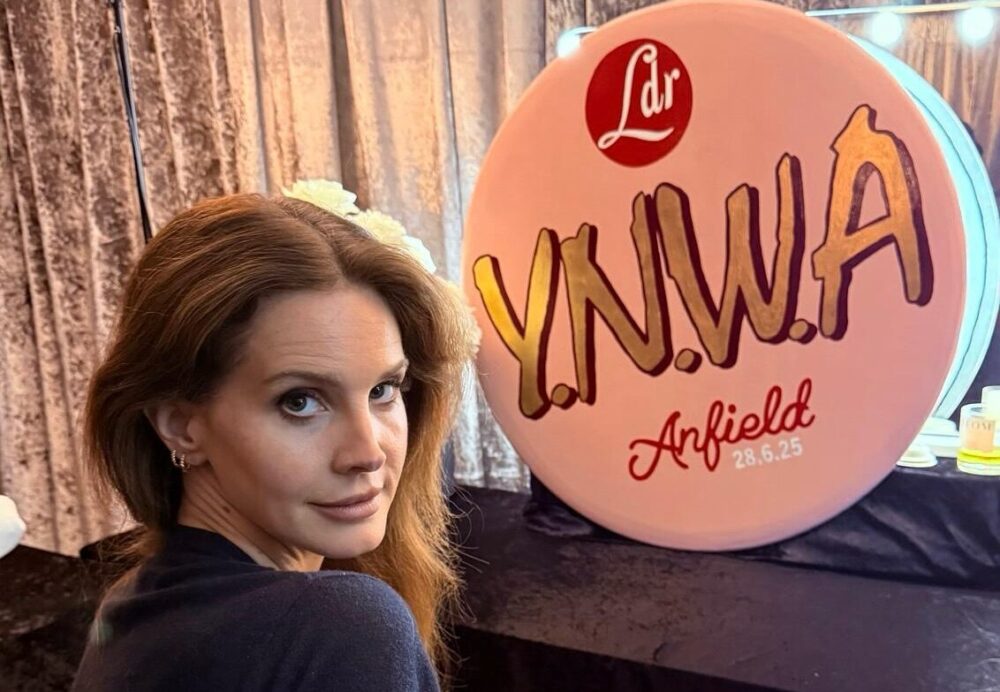

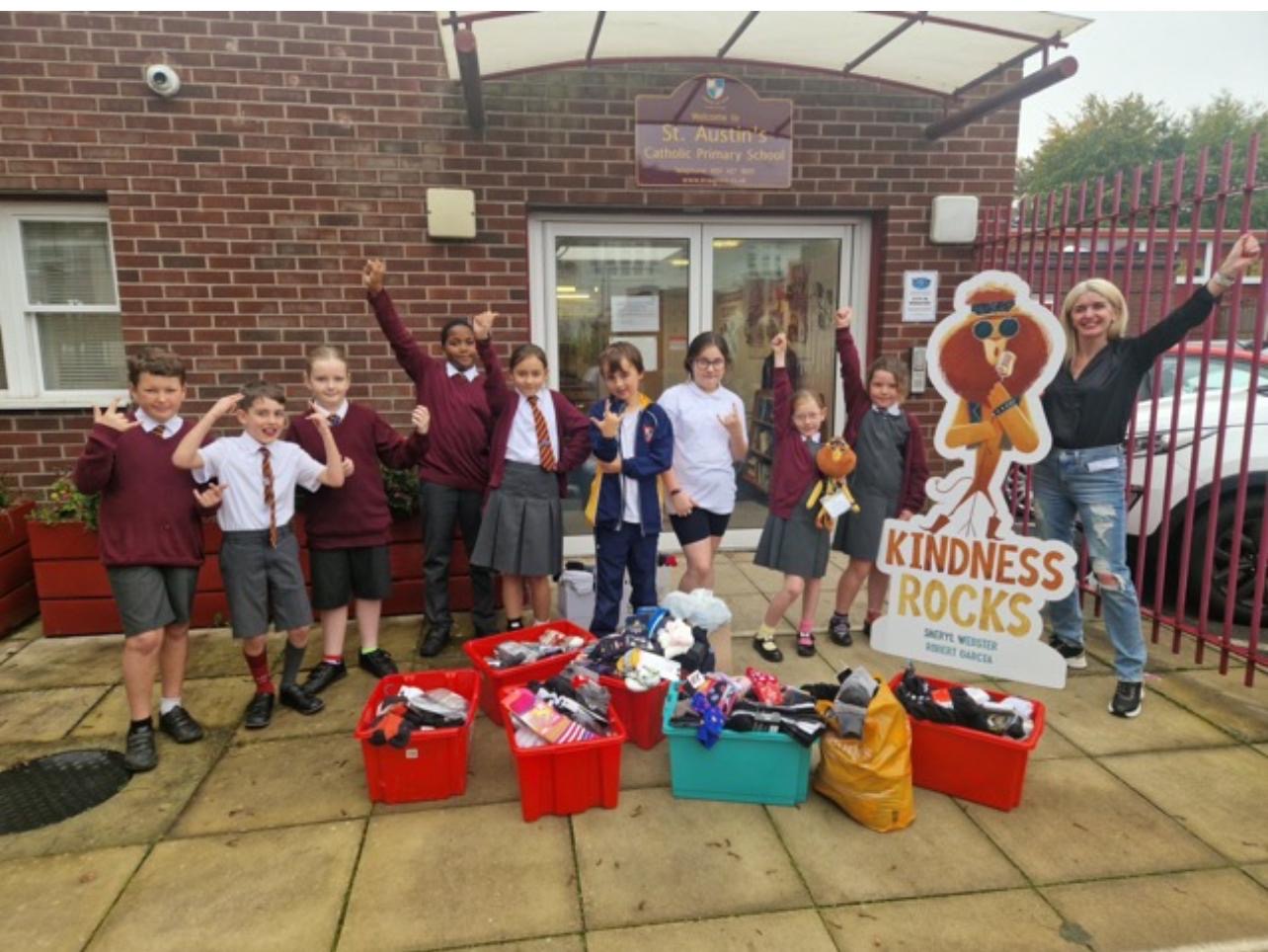
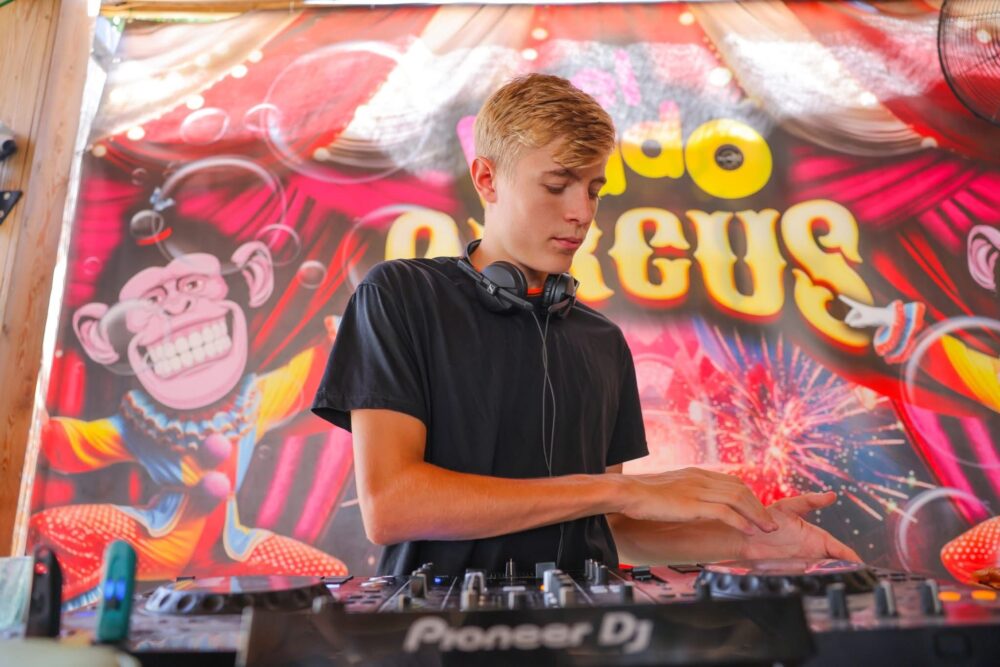
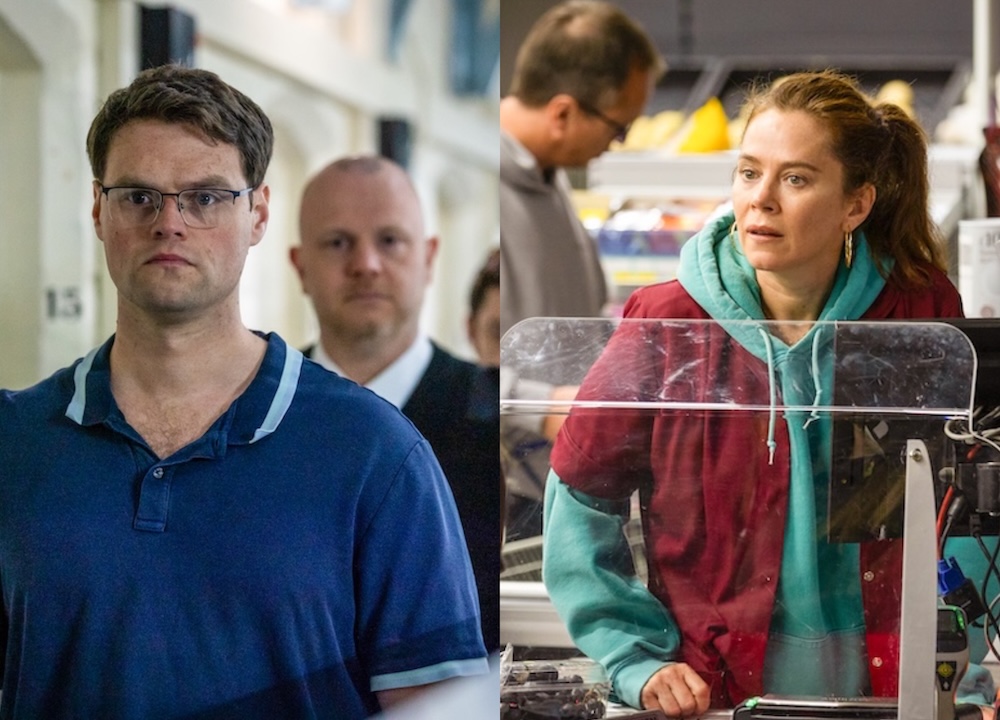

 Subscribe
Subscribe Follow Us
Follow Us Follow Us
Follow Us Follow Us
Follow Us Follow Us
Follow Us Follow Us
Follow Us



